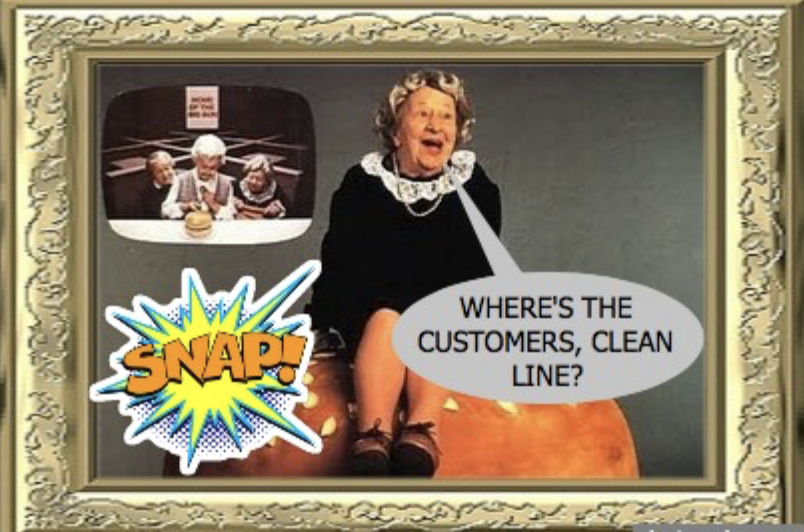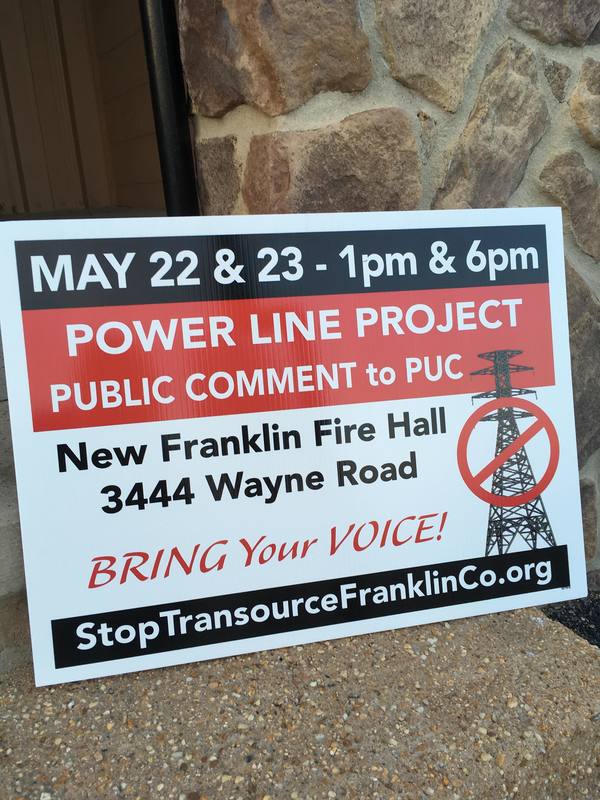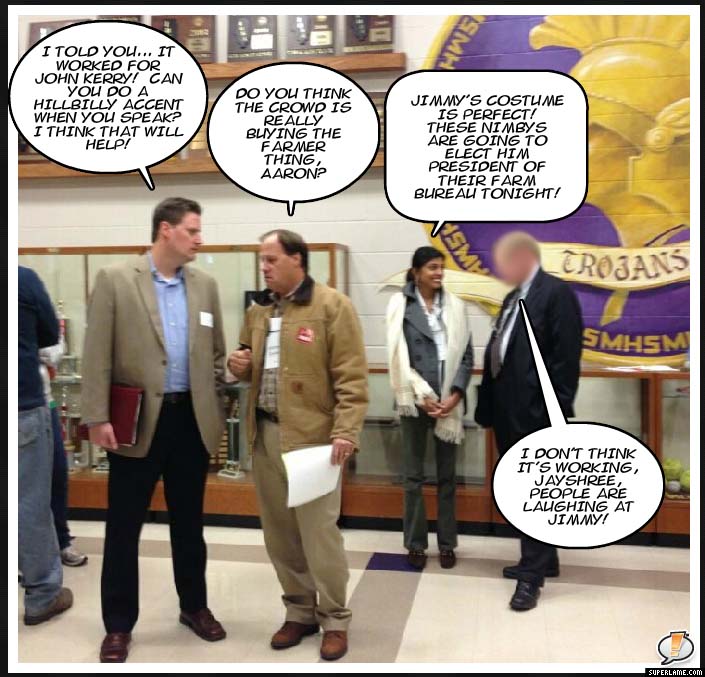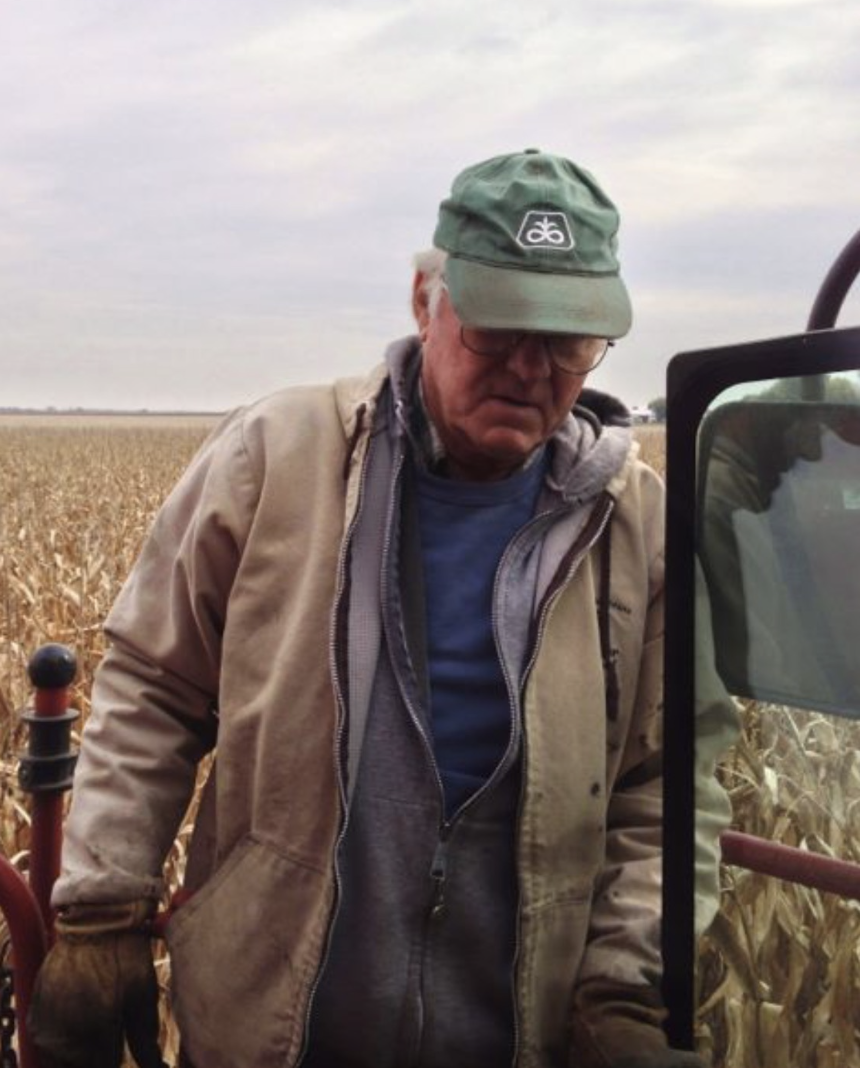Create it with home-grown resources!
Shame on you, AEP! Your scam wasn't even that hard to figure out. Which ever one of your "geniuses" came up with passing the tablet in the workplace ought to be fired.
At the very least, the Oklahoma Corporation Commission should be forced to collect and toss any letters of support for the Wind Catcher project that came from AEP/PSO employees and failed to disclose that the author worked for AEP and had a conflict of interest. That should lighten the docket immensely.
A little birdie told me that the OCC Commissioners were looking at huge piles of support letters for the Wind Catcher project on their desks. Perhaps Commissioners were feeling a bit obligated to approve the project's rate scheme because of such overwhelming support. So, I looked at the OCC docket for the case. And I found one of the links to collections of public comment on the project.
Funny that... most of the letters were strikingly similar, in fact so similar that they are obviously form letters. All contain the following closing paragraph:
For the aforementioned reasons, I sincerely support and endorse Wind Catcher Energy Connection and the benefits that it will bring to Oklahoma. Oklahoma cannot afford to miss out on this opportunity to invest in our state and the citizens of Oklahoma. I would like to thank the Oklahoma Corporation Commission for their thoughtful consideration on this matter.
So, who was collecting signatures in support of the project? Was it some of the usual suspects like Sierra Club? Well, yes, of course, but an online letter does not create a distinctive tablet signature, and there's no way Sierra Club could draw that many people to a venue in order to sign their tablet. Sierra Club is no longer a member run organization and has lost its base because it is too focused on scoring grant money anymore. Who else is running a "send a support letter to the OCC" campaign for Wind Catcher? Well, Invenergy is. That's sort of like cheating though, since Invenergy stands to profit enormously if AEP gets its project approved and buys Invenergy's wind farm. Shame on you, Invenergy! But even then, how could tablet signatures get generated online? And why doesn't Invenergy's form letter of support include the telltale concluding paragraph?
Where were these "supporters" gathered?
I tested my first theory that all "supporters" from a certain date may all live in one city and may have attended a single public event where the tablet was passed. Since the OCC blocked out the addresses of the "supporters" I had to zero in on unique or unusual names to find out what cities the supporters lived in.
And then I found something really interesting.
Kristine Kurszewski.
She supports Wind Catcher.
She's also an Administrative Assistant at Public Service Company of Oklahoma at Bartlesville.
Wow, what a coincidence, right? Out of all those dozens of support letters docketed at the OCC I just happened to pick one written by an AEP employee.
Except then there was:
Tiney Holyfield, a Project Control Analyst at American Electric Power in Oklahoma City.
Larry Gattenby, an IT Support Technician for AEP.
Levi Grooms, a Project Manager for AEP in Tulsa.
And lots more, but it was starting to get repetitive.
It looks like all Wind Catcher's "support" letters were signed by AEP/PSO employees across Oklahoma. What better place to walk around with a tablet and get employees to give you a finger signature? I wonder if the employees even knew they were signing a support letter to the OCC? Or did they think they were signing some routine workplace form? How voluntary were these signatures, anyhow? Did employees feel pressured to sign the tablet? I think AEP has a lot of explaining to do to the OCC...
It also needs to fess up to jamming the docket with fake letters of support from its employees. Once all those fake form letters are gone, the letters of opposition will rise and shine. They're in there, but buried among the AEP employee form letters so only a very patient person would be able to locate them.
If the OCC Commissioners have piles of support letters on their desks, they need to weed out any written by AEP employees, whose employment may or may not be tied to their willingness to sign AEP's tablet. Such "support" cannot be seriously considered as reason for approving such a bad project.
Shame on you, AEP! SHAME ON YOU!!!







 RSS Feed
RSS Feed